Don't miss interesting news
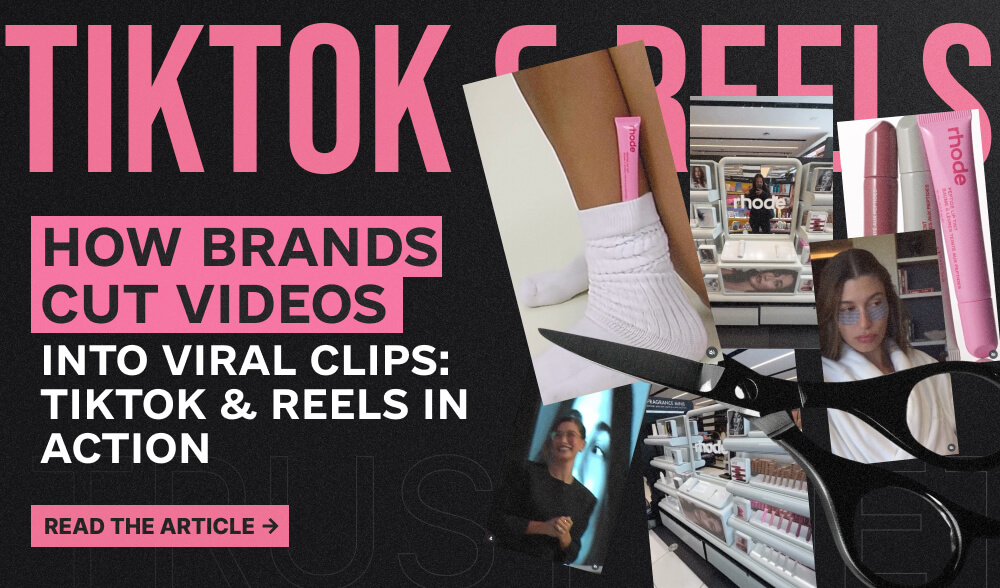
In a world where user attention span lasts about 3 seconds, long-form content turns into a goldmine for those who know how to present it and cut it correctly. TikTok and Instagram Reels generate more than 200 billion views every day, and brands that have mastered the art of turning long-form content into short-form content increase their ROI by up to 400%.
Spoiler alert: it’s not about magic, it’s about a system. And the presentation of the people who create it.
What is content? Ask any marketer and you will hear something about “a unit of important information for the audience”. In fact, in 2025, content is what makes people stop scrolling and take action: like, smile, save, go to a page or catalog, make a purchase, etc.
But there is a nuance: successful content today is not just creative, but a system of interconnected elements. Like a Lego set, where you can build a stick and a spaceship from the same parts.
Forget about beautiful diagrams from textbooks. The types of content on social media have evolved as follows:
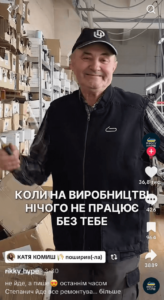
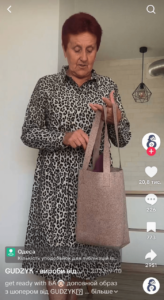
The most effective types of content in 2025 are those that work on emotions:
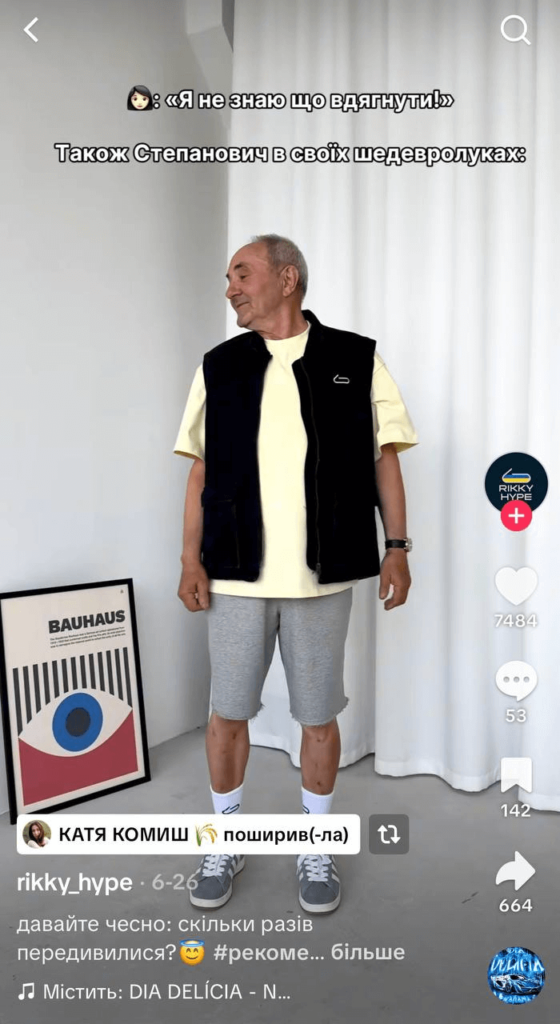
Creating content in 2025 is like mastering higher math. Imagine: you have one 10-minute interview with a business owner. After an hour of work, it turns into:
AI assistants that really save time:
But of course, you can still use cool classics and edit manually: InShot, CapCut, VN, Prequel.
Life hack from practitioners: 80% of success is the right hook in the first 3 seconds. Not technology, not budget, but the first words and attention.
Imagine this: it’s morning, you open Instagram and see the co-owner of Minelly Coffee making her own coffee, broadcasting her real life. No decorations, no perfect light – as sincerely as possible, in her home clothes and talking about her own thoughts and problems. Go to the TikTok of the same brand, and there a family team of creators plays with trends and also gains hundreds of thousands of views.
The co-owner and her family dominate the content here. Her followers don’t just buy coffee, but also a piece of her life. When she reveals the warehouse employees as characters and interesting people, it becomes a real life for the audience, which has become a brand.
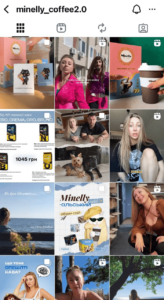
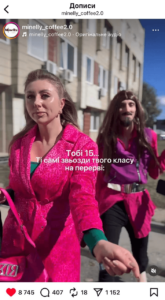
The secret of success? People feel the authenticity from a kilometer away. Its audience is not in love with the product, but with the people behind the brand.
41K subscribers, 785.4K likes. A team of creatives works here – Sofia and Andriy Krupy. They know the algorithms, understand trends, create viral content, but still in their recognizable style with the vibe of life in the village.
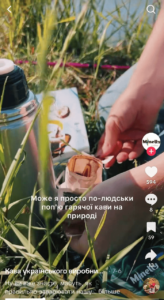
Minelly did something that most brands still don’t understand – they created series instead of individual posts:
“Minellials” (6 episodes) – stories of people who drink their coffee
“Melenokavodrama” (4 episodes) – dramatic stories about coffee (yes, it’s possible!)
“The Big Cup (10 episodes) – the longest series about coffee traditions and absurd serving in a giant cup.
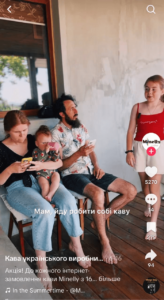
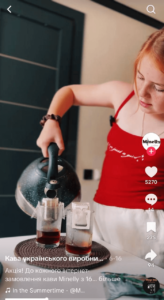
A person watches one episode, and the algorithm suggests the next one. A habit is formed, just like with Netflix series. Only instead of detectives, it is coffee.
Minelly doesn’t try to be perfect. The co-owner can show how the coffee sticker fiasco happened or why the promotion is being carried out fairly. Creators can make a video about how they screwed up with a new recipe and generally popularize the brand in all possible ways.
Insight: Sometimes people buy from people, not brands (although there are brands that buy because of a loud name, but that’s not the point of this story). People make mistakes, laugh, cry, and get tired. When a brand shows this, it becomes real.
TikTok is about experiments:
You can be imperfect here, you even need to be. The algorithm likes novelty more than quality. Native sounds are a must – without them, you are dead to the system. Looping content (when the video loops) increases the viewing time, which is the main metric.
Instagram Reels is about meaning:
Even the most sincere stories should be interesting here. A longer content lifecycle means that your video can be seen months later. Cross-promotion with other Instagram formats drives additional traffic.
Not just the number of likes. Look at:
In the world of fast-paced content, the winner is not the one who creates the best video, but the one who understands people. Minelly Coffee proved it – they didn’t go viral because of a professional camera or expensive editing.
They became popular because they showed real people behind a real brand. And that works better than any technology.
Content creation today is the art of staying human in the world of algorithms. Those who understand this will win.